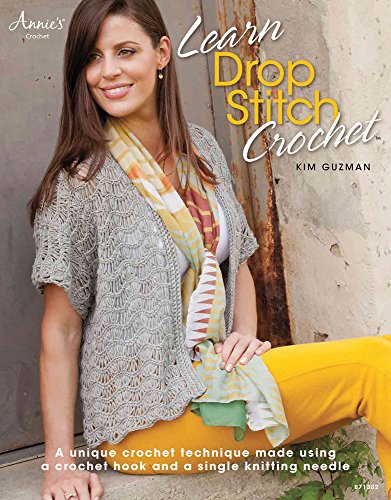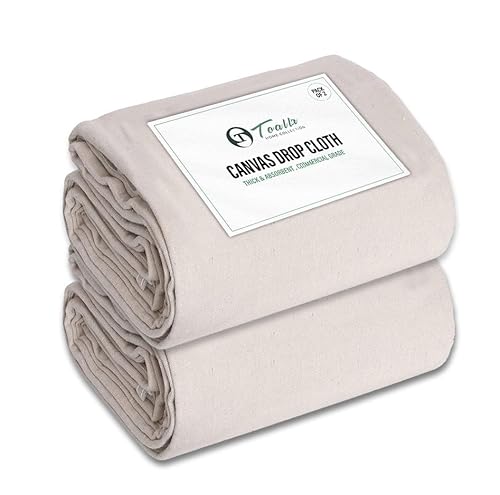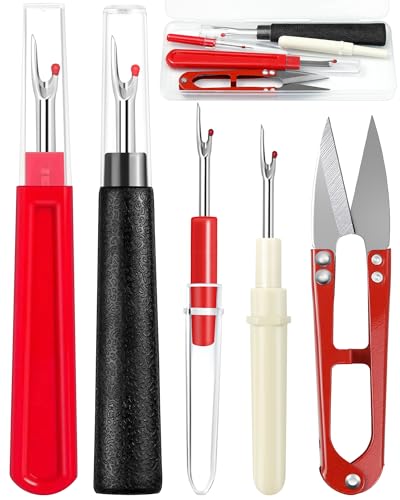Ever been in the middle of a sewing project when you notice a dropped stitch? It can be frustrating, but don’t worry—you can easily fix it with a few simple steps. Dropped stitches are common, especially when you’re working on intricate patterns or tight seams.
With a little patience and the right technique, you’ll have your stitches back on track in no time. Whether you’re a beginner or an experienced sewer, knowing how to handle a dropped stitch ensures your projects stay smooth and professional. Let’s dive into some practical tips to keep your hand sewing flawless.
Understanding Dropped Stitches
Dropped stitches occur when a needle accidentally skips over or misses a previous stitch, causing a loop or seam to weaken. This issue commonly arises in tight seams or intricate patterns where maintaining consistent stitch tension is crucial. Factors contributing to dropped stitches include:
- Inconsistent Tension: Fluctuating thread tension can lead to uneven stitches, increasing the likelihood of drops.
- Dull or Damaged Needles: Needles that are not sharp or have bent tips may pierce fabric unevenly, causing stitches to drop.
- Improper Hand Positioning: Incorrect hand angles or movements can disrupt the flow of stitches, making drops more frequent.
- Thick or Slippery Fabrics: These materials can make it challenging to maintain control, leading to missed stitches.
Recognizing a dropped stitch involves looking for gaps or loose threads in the seam where continuity is interrupted. Addressing dropped stitches promptly ensures the integrity and appearance of your sewing project remain intact.
| Factor | Impact on Dropped Stitches |
|---|---|
| Inconsistent Tension | Causes uneven stitches and increases drop likelihood |
| Dull or Damaged Needles | Leads to uneven piercing and missed stitches |
| Improper Hand Positioning | Disrupts stitch flow, making drops more frequent |
| Thick or Slippery Fabrics | Challenges in maintaining control, resulting in missed stitches |
By understanding these factors, you can take proactive steps to minimize the occurrence of dropped stitches in your hand sewing projects.
Identifying a Dropped Stitch
Spotting a dropped stitch ensures your project remains sturdy and attractive. Look for visible gaps in the seam, which indicate missed connections between stitches. Loose threads along the seam line suggest that stitches aren’t holding securely. Uneven tension manifests as inconsistent stitch sizes, making the seam appear irregular. Puckered fabric occurs when the fabric gathers due to skipped stitches, disrupting the smoothness of your work. Regularly inspect your sewing progress to catch these signs early, maintaining the quality of your handcrafted items.
Tools Needed for Fixing
To fix a dropped stitch in hand sewing, gather the following essential tools:
- Needle: Use the same type and size as your project to ensure consistency and prevent further stitching issues.
- Matching Thread: Select a thread that matches your fabric color and type to maintain seamless repairs.
- Scissors: Opt for small, sharp scissors to precisely trim loose threads without damaging the fabric.
- Thimble: Protect your fingers and push the needle through tight spaces with ease using a comfortable thimble.
- Pin Cushion: Keep your pins organized and easily accessible while you work on repairing the stitch.
Having these tools on hand ensures you can efficiently address and fix dropped stitches, maintaining the integrity of your sewing project.
Step-by-Step Guide
Follow these steps to fix a dropped stitch in your hand sewing project.
Removing the Dropped Stitch
- Identify the Dropped Stitch: Examine the seam for gaps or loose threads to locate the dropped stitch.
- Secure the Fabric: Pin the fabric near the dropped stitch to prevent movement while you work.
- Trim Loose Threads: Use sharp scissors to carefully cut any loose or tangled threads around the area.
Re-sewing the Stitch
- Thread the Needle: Select a matching thread and securely thread your needle.
- Return to the Correct Position: Insert the needle into the fabric from the underside, aligning it with the last correct stitch before the drop.
- Reinforce the Seam: Sew back through the fabric, ensuring the new stitch matches the surrounding stitches for a consistent seam.
Preventing Future Dropped Stitches
Choose the Right Needle and Thread
Select needles that match your fabric type and weight. Use high-quality, strong thread to minimize breakage and slippage.
Maintain Consistent Tension
Control thread tension by keeping an even pull throughout your stitching. Avoid pulling too tight or leaving threads too loose.
Optimize Hand Positioning
Position your hands comfortably to maintain steady movement. Ensure your fingers guide the fabric smoothly without causing snagging.
Select Appropriate Fabric
Use fabrics that complement your stitching technique. Avoid overly slippery or thick materials that increase the risk of dropped stitches.
Keep Tools Sharp and Functional
Use sharp scissors and needles to ensure clean cuts and precise stitching. Regularly inspect tools for wear and replace them as needed.

Practice Regular Inspection
Examine your work frequently for signs of tension issues or loose threads. Address problems immediately to prevent further complications.
Utilize Guides and Templates
Employ stitching guides or templates to maintain consistent stitch placement. These tools help reinforce accurate and uniform stitching.
Store Materials Properly
Organize your sewing area to keep threads untangled and needles accessible. Proper storage reduces interruptions and maintains workflow consistency.
Enhance Sewing Techniques
Develop your hand sewing skills through regular practice. Mastering techniques lowers the likelihood of errors and dropped stitches.
Manage Fabric Movement
Stabilize fabric layers using pins or weights to prevent shifting. Proper management ensures stitches follow the intended path accurately.
Conclusion
« 10 Incredible Reasons to Start Making Scarves for Winter Coat Drives Today
Who Invented the Sewing Machine? A Look Back That Will Surprise You »
Fixing a dropped stitch doesn’t have to derail your project With a bit of patience and the right approach you can seamlessly mend any hiccups Along the way you’ll become more confident in your sewing skills and tackle even the most intricate designs
Keep your tools close and stay attentive to your stitches You’ll find that addressing issues as they arise keeps your work looking neat and professional Plus each fix is a chance to refine your technique and enjoy the craft even more
Happy sewing and enjoy creating beautiful, flawless pieces with your newfound skills

















